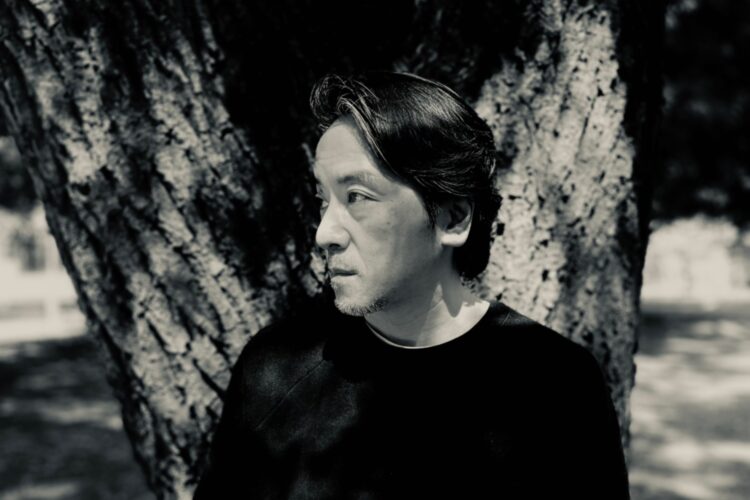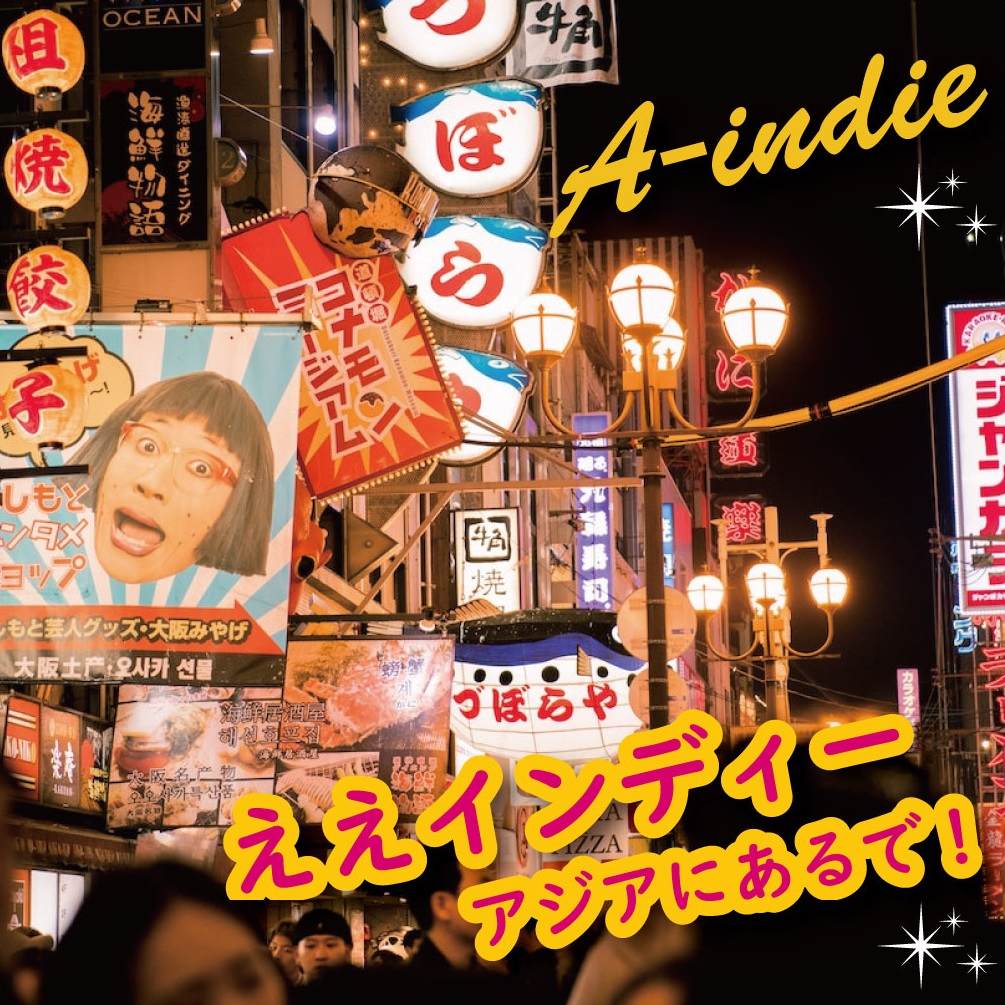Last Updated on 2025-06-24 by a-indie
Diverse Participating Artists
-Tomohiro Yabe: This work features diverse artists from Japan and abroad, including Ursula Rucker, Tim Smith, and Salami Rose Joe Louis, regardless of gender or generation. What criteria were these vocalists and musicians selected by?
Michiharu Shimoda: There are various cases – some people I’ve had personal attachment to for a long time, and some I met for the first time this time. Simply put, whether they match the image of the song, whether they empathize with our intentions, plus whether they seem likely to create good chemical reactions – there might also be intuitive elements. I also considered not being biased toward particular generations or genders.
Birdsong as a Symbol of Hope
-Tomohiro Yabe: The birdsong heard in “Hope” and other tracks is impressive. The text includes your comment that it’s “the opposite of hatred and violent noise,” but could you tell us more about your intention in incorporating this birdsong into the music?
Michiharu Shimoda: In recent years, I’ve been fascinated by the beauty of birdsong and became interested in birds, taking up birdwatching, where I learned various things. That there are many wild birds even in the city, each with their own songs and characteristics, and along with that, I became sensitive to seasonal changes in plants that I hadn’t paid attention to before. And this became something indispensable for staying sane in this chaotic world. Now, through SNS, we can see and hear bombings, gunshots, angry shouts, and screams in real time. While witnessing facts we couldn’t see before, it’s also true that we continue to receive mental damage. But I think we shouldn’t turn away from it. That’s precisely why I think beautiful things on the opposite side are necessary as healing, as salvation. I wanted to turn those feelings toward birds and nature into songs. Beautiful birdsong, birds flying freely – I think they’re symbols of “hope.”
Resonance with Dennis Sherwood
-Tomohiro Yabe: About the title track “Hope” featuring Dennis Sherwood, even though you hadn’t told her the title you had decided on, she coincidentally submitted lyrics with the same title. I think this is a very impressive episode, so please tell us more about it.
Michiharu Shimoda: There’s a slight misunderstanding here – it wasn’t the title of this song, but I had decided the album title would be ‘HOPE’ from the beginning. I hadn’t told her that. But whether it was coincidence or inevitability that she made this song’s title “Hope,” the tentative title was “Birdsong,” so I was really surprised and happy. I think it became a song that truly symbolizes this album as the title suggests. I later learned that Dennis also works as a mental health therapist alongside her singing activities, and I felt various things resonating.
●SILENT POETS – Hope feat. Denise Sherwood (Official Visualizer: Animated by Gaia Alari)
Lyric Writing with Clear Messages
-Tomohiro Yabe: In this work, when offering lyric writing to participating artists, you conveyed images to each of them, which is apparently a different approach from past works. What was your intention in taking this approach this time?
Michiharu Shimoda: In previous works, I didn’t clearly establish specific messages. I thought it was more interesting to have participating artists write lyrics based on their impressions of listening to tracks, as it could draw out ideas I didn’t have. However, as I explained earlier, due to various experiences and circumstances, this time I had many specific messages and feelings from the beginning. The songs seemed to well up from there. So I told participating artists that I created this with these feelings, so I want lyrics about these things. At the same time, I also told them that if they had their own interpretation and approach based on that, I’d like them to do that too.




 - is a music media platform run by BELONG, a Japanese music organization. We publish music articles with a focus on indie music.
- is a music media platform run by BELONG, a Japanese music organization. We publish music articles with a focus on indie music.